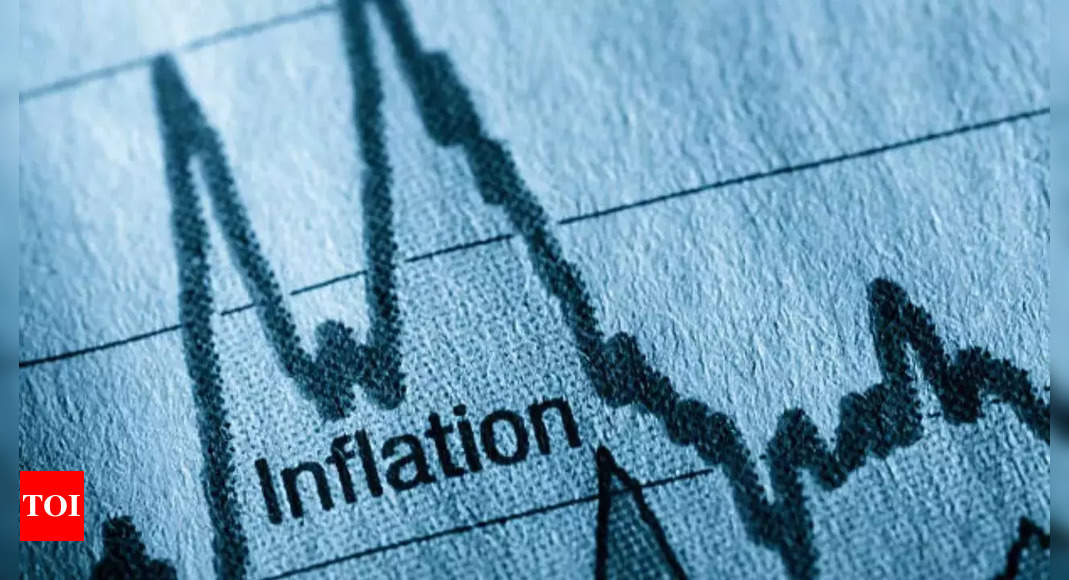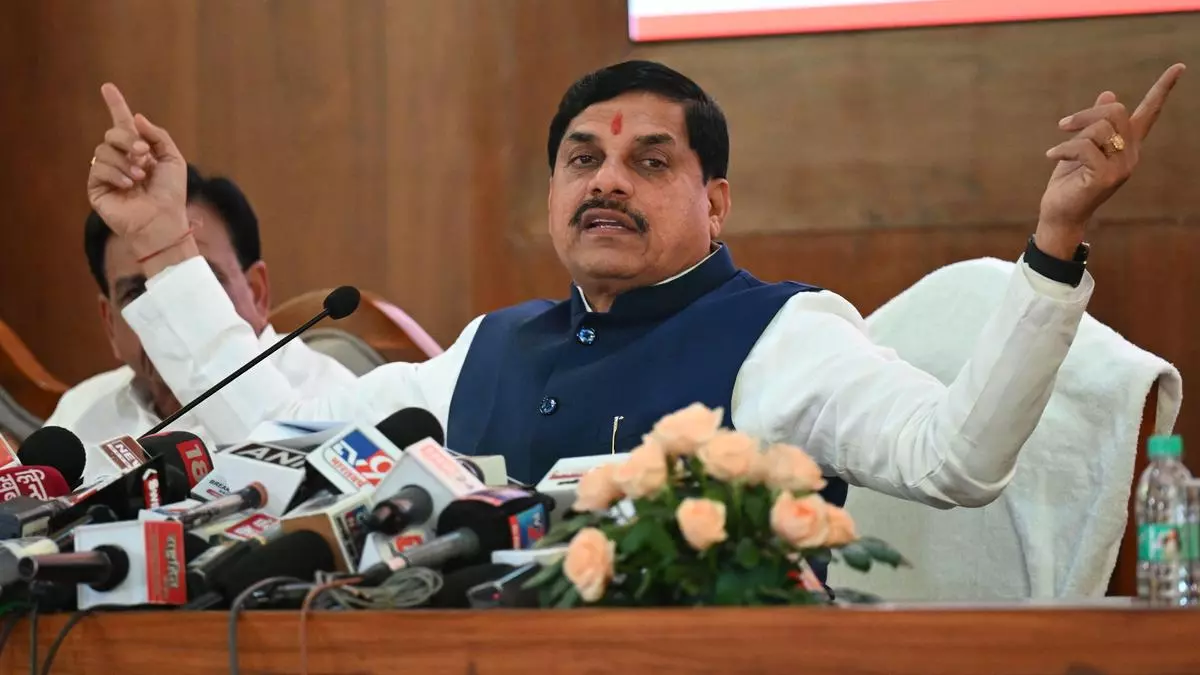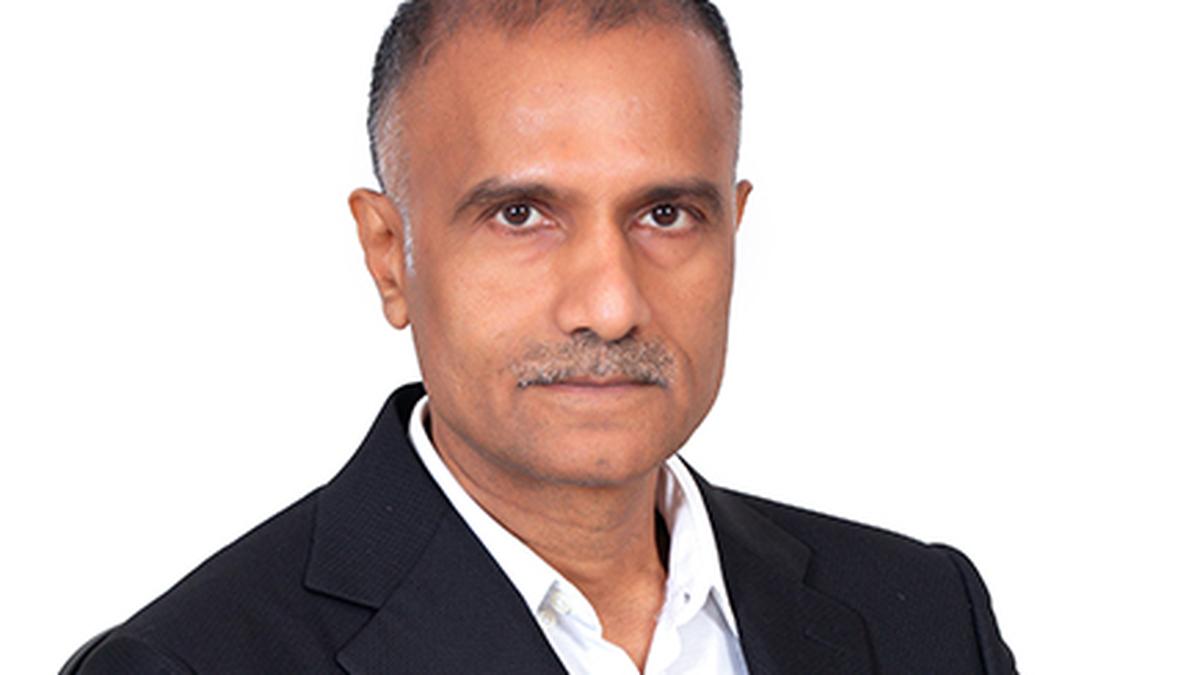Lifestyle inflation, characterized by consumers shifting to higher-end products, has outpaced the rise in prices of essential commodities every year since FY18. While lifestyle inflation is primarily driven by demand and is commonly targeted through policy rates, the increase in the prices of essential commodities is largely influenced by supply and requires targeted government intervention.
A recent report from Bank of Baroda’s economics department sheds light on the trend of lifestyle inflation. It reveals that the lifestyle inflation rate has witnessed an upward trajectory, increasing from 4% in FY18 to 6.4% in FY23. In the same period, per capita gross national disposable income experienced a compound annual growth rate (CAGR) of 8.5%.
When compared to FY18, various lifestyle items have witnessed notable price hikes. Glassware within utensils saw a rise from 2.8% to 6%, candles increased from 3.1% to 7.1%, and monthly maintenance charges surged from 2.2% to 10.9%. Similarly, motor vehicles rose from 2.4% to 7.7%. Electronic items also experienced considerable jumps, with mobile handsets increasing from 0.3% to 5.9%, and PC/laptop from 1.6% to 9.1%. Clocks/watches rose from 4.9% to 7.9%, while travel goods increased from 1.1% to 3.8%. These shifts reflect growing affordability and aspirations for improved living standards, as stated in the report.
For more information, read the full article on Times of India.










